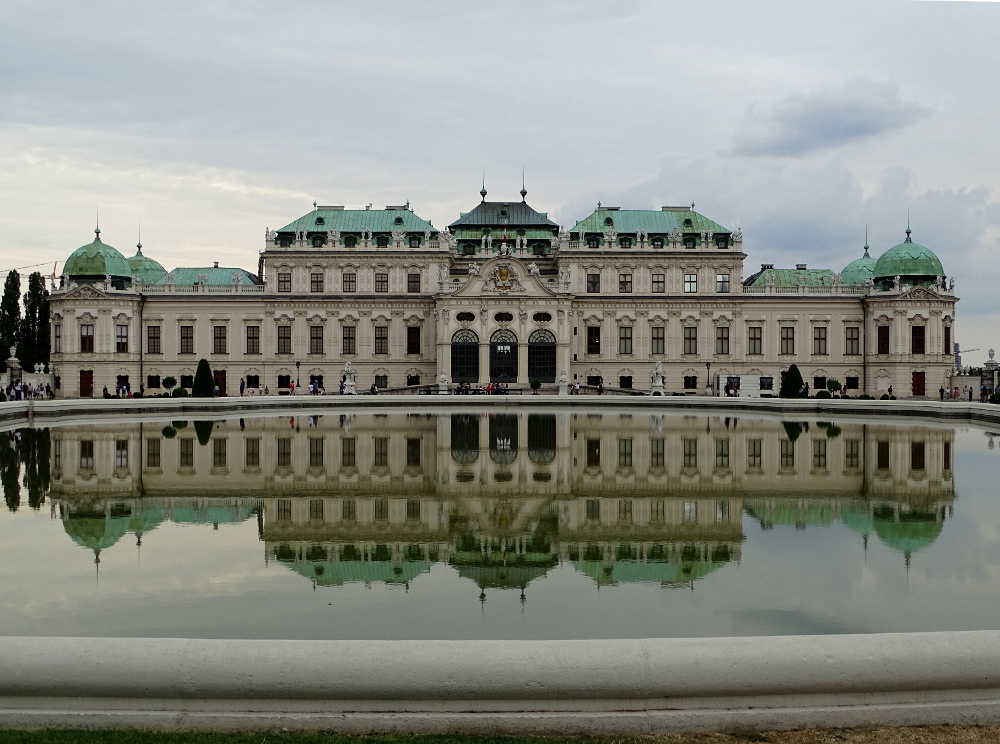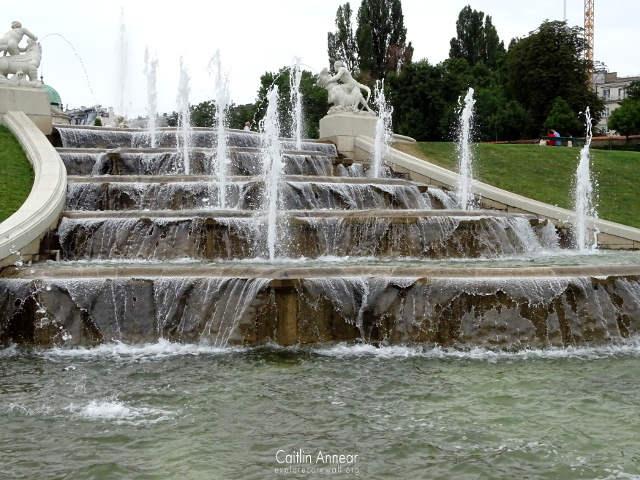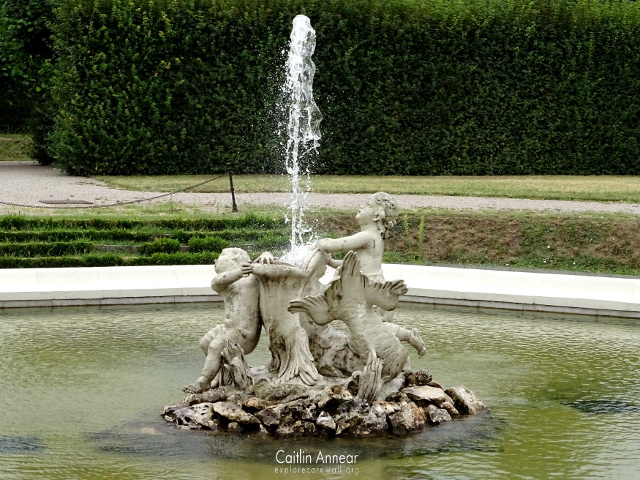In the centre of Vienna is the stunning Baroque palaces that make up the Upper and Lower Belvedere. A world away from the normal city streets surrounding it, the extensive gardens and buildings are a real treasure.
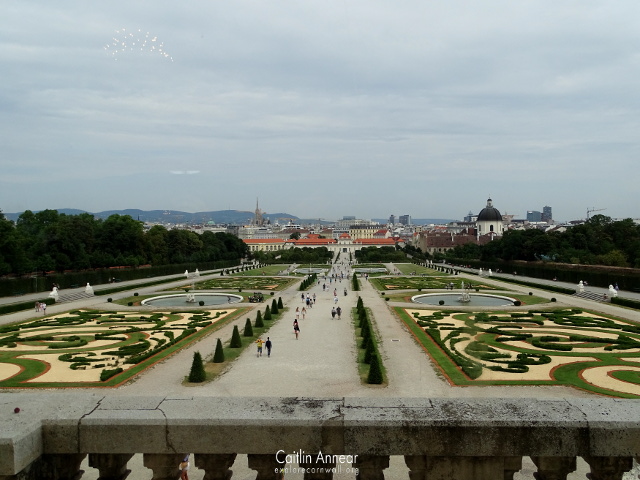
In 1712 Prince Eugene of Savoy commissioned the erection of a new set of palaces for himself. Work began first on the Lower Belvedere, with the Upper section being started in 1717. Just one year later the large Baroque garden was completed under the supervision of Dominique Girard, a French garden architect. Further work inside the palaces was completed by famous artists such as Gaetano Fanti and Carlo Carlone. The Upper Belvedere was finished in 1723.
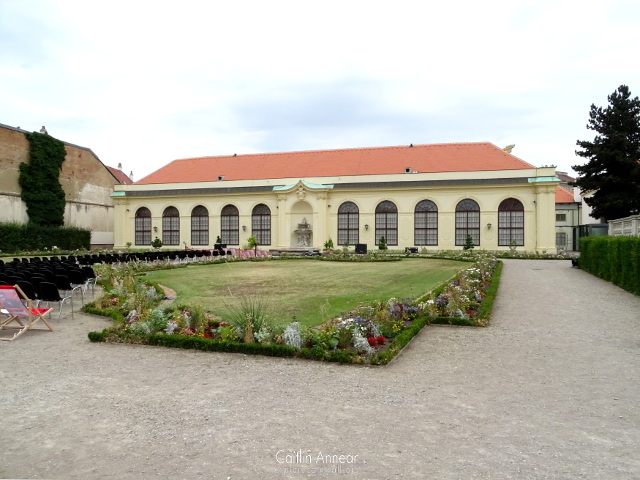
Following the death of Prince Eugene, he did not leave a proper will and the palaces went to his niece Princess Victoria. It remained in her possession until 1752 when Maria Theresa acquired the estate. It was under Maria Theresa and her son Emperor Joseph II that the Belvedere was first transformed into a museum and gallery; the Imperial Picture Gallery was moved to the Upper palace in 1776 and by 1781 it was turned into one of the worlds first museums open to the public.
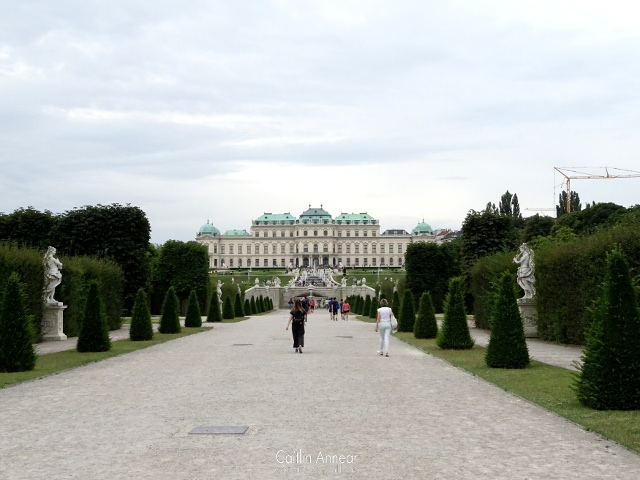
Up until 1891 it continued to function as a museum, at which point the imperial collections were moved to the Kunsthistorisches and the palace became a private residence again. The Upper Belvedere became the home of Franz Ferdinand, the future heir, in 1896.
1903 saw the Modern Galley open in the Lower palace, with the collection supplemented by other acquisitions by the Austrian Ministry of Culture, including Gustav Klimt’s ‘The Kiss’. By 1912 it was known as the Austrian State Gallery and was further expanded, including a section of Austria art from the Middle Ages. It wasn’t until 1918 that both the Upper and Lower palaces were both functioning as the Austrian Gallery, by which point other works of art, including Monet, van Gogh and more of Gustav Klimt’s portraits, were added to the collection, many of them permanent.
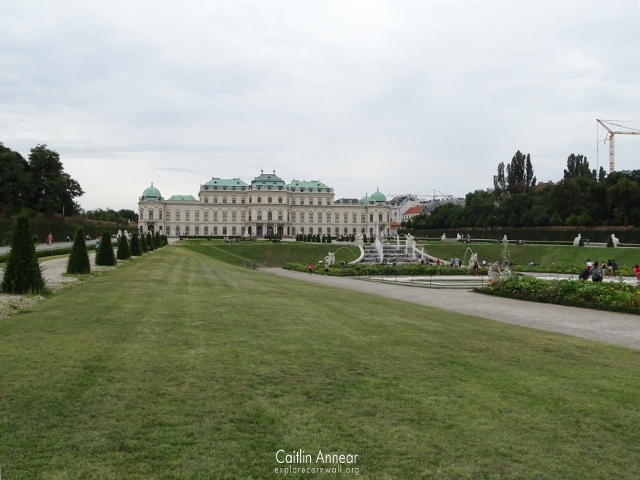
The palaces both suffered damage during WWII, with bombs hitting significant parts of each, destroying parts of the Marble Hall and Hall of Grotesques. Once the war ended work began to reconstruct the Belvedere buildings, completing in 1853 when it became the Austrian Gallery once again.
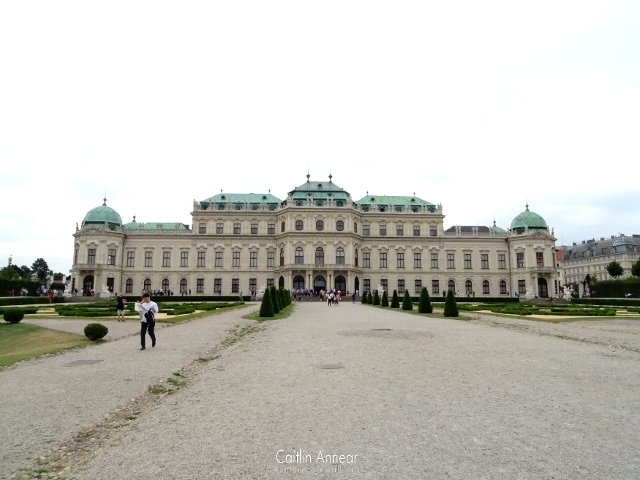
Access is available with a bought ticket. We used our Vienna Pass’s to get in, but you can buy them online or at the door. The Upper Belvedere operated on a timed ticket system.
There is no dedicated parking for either Upper or Lower Belvedere and street parking around the whole site is limited and short-term. The best option would be to park at a public car park and walk.
History Belvedere (2020). Available at: https://www.belvedere.at/en/museum/history-belvedere.
